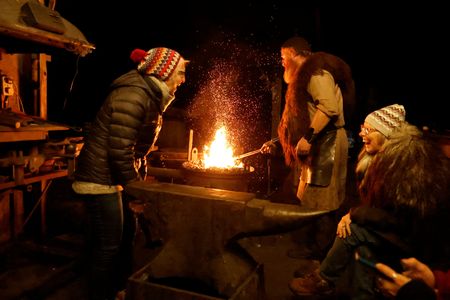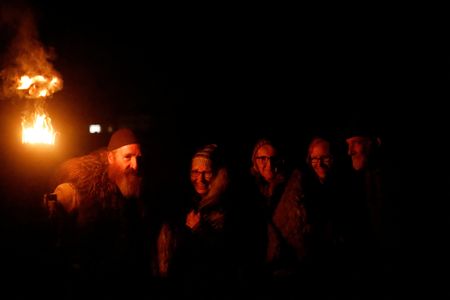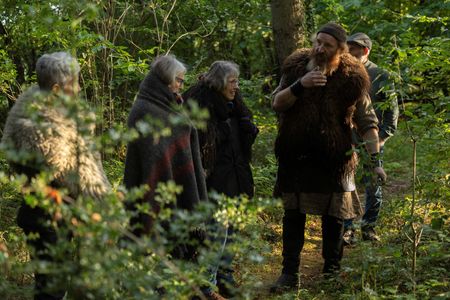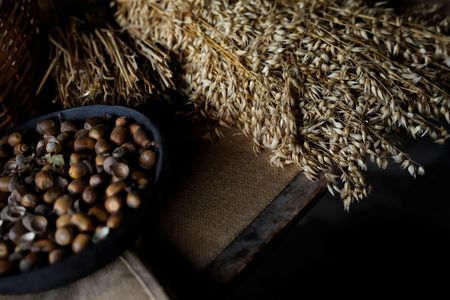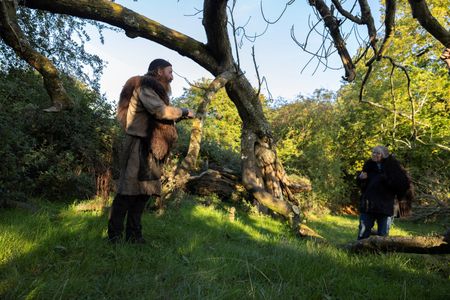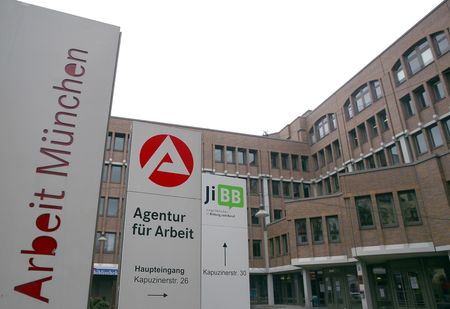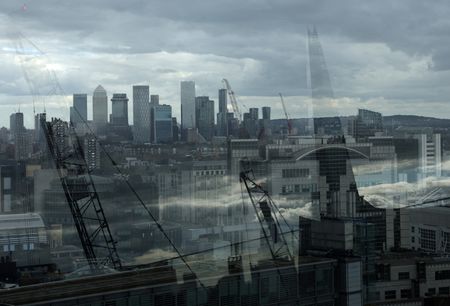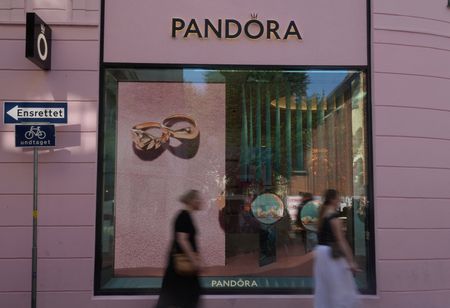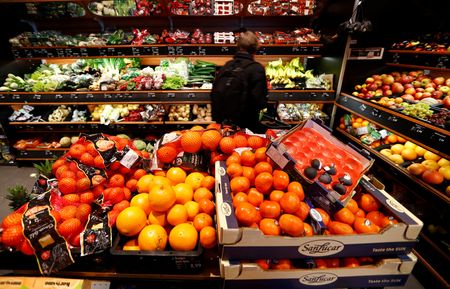By Clodagh Kilcoyne
HILL OF TARA, Ireland (Reuters) -On a farm that straddles one of the five ancient roadways that radiate from the Hill of Tara, once the seat of the high kings of Ireland, a master blacksmith is offering visitors a hands-on glimpse into the country’s Celtic past.
Tom King or ‘An Gobha, the Blacksmith of the Boyne Valley’ to his guests, traded in a 20-year career as a design engineer during the COVID-19 pandemic to take visitors beyond the static tombs and monuments of the 6,000-year-old remains that make up one of Ireland’s best-known national monuments.
Dressed in sheepskins with a leather apron and a thick red beard, King invites visitors to don the traditional attire, learn ironworking techniques, hear stories by firelight and walk through woods on the road to Tara, located 40 km (25 miles) north-west of Dublin.
“We have tangible things you can taste and touch and smell and feel, and that’s a big difference versus just standing at a monument and (after) 10 minutes, it’s time to go,” King said.
“Some of them have never held a hammer in their life and they’re working the hot iron on the anvil.”
With an interest from childhood in the Iron Age history of his local surroundings – where Ireland’s patron saint Patrick is believed to have faced down his druid foes – King believes the myths, tales and painstakingly learned ironworking craft should be protected and passed on to the next generation.
“I didn’t know what to expect, it was very informative and yet it was so magical,” said Terri Winter, 68, visiting with five friends from Minnesota who, according to King, are part of a growing demand in particular from U.S. tourists.
While its landscapes, heritage, and hospitality remain central to Ireland’s tourist offering, King’s forge is also part of a growing trend of people seeking physical, old-school experiences as a break from the digital world.
“People are going back to basics,” King said.
“They want to enjoy a world which is just a disconnect away from everyday life.”
(Writing by Graham Fahy, editing by Padraic Halpin and Patricia Reaney)

